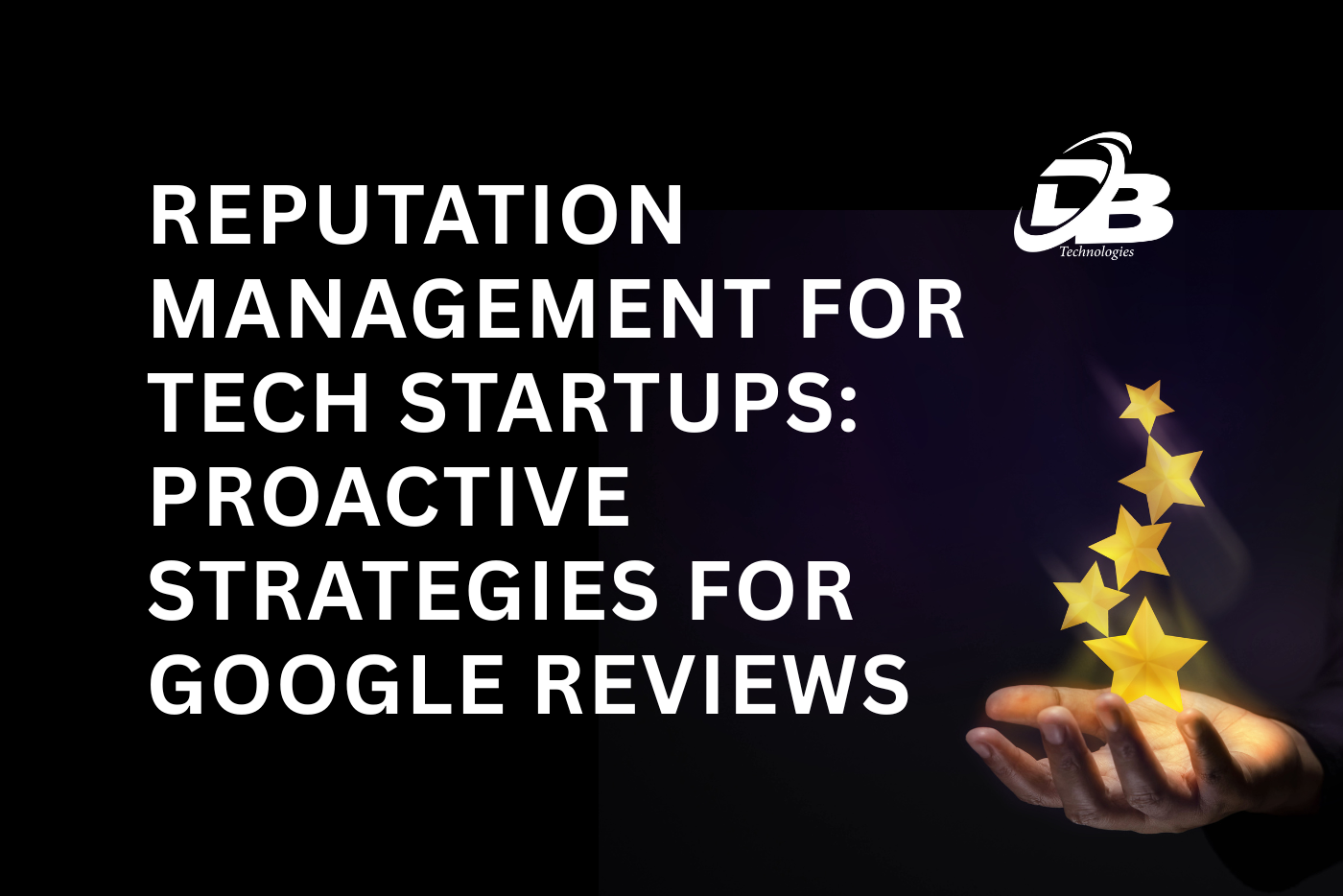
SEO is like planting a tree, you don’t see the shade overnight. But how long does it really take? If you’ve been frustrated by slow rankings and wondering why your efforts aren’t paying off, then you’re not alone.
John Mueller (Google’s Senior Webmaster Trends Analyst, aka the SEO Oracle) has spilled the beans to address your confusion.
Here’s the ugly truth, “For most websites, I’d say it takes between half a year and a year to really see the full impact of the work that you’ve done,” said John Mueller.
Why SEO Isn’t a Light Switch
You might think SEO’s like flipping a switch, tweaking a few things, and bam, your site’s topping Google. Sorry to burst that bubble, the SEO timeline doesn’t work that way. It’s more like baking a cake, you can’t rush the process without a mess.
Here is the 3 Layer Process You Can’t Rush
1) Crawling: Googlebot needs to find your page. (Hours to weeks, especially for new sites).
2) Indexing: Google needs to understand your page. (Days to months, depends on authority).
3) Ranking: Google decides if your page deserves to rank. (This is the SLOOOW part).
Mueller’s Reality Check
“Just because you fixed something today doesn’t mean Google will recrawl and reprocess everything tomorrow… It might take a week, it might take a month, it might take longer.”
The Myth of the “Google Sandbox”
There is an Old Myth that Google “penalizes” new sites for 6 months.
While Mueller’s take is
“There’s no sandbox… But a new website needs to establish trust. We don’t know yet if it’s legit, high-quality, or will even exist next month.”
In simple words, the New sites = unknown entities. Google needs TIME to verify you’re not spam.
The Authority Gap
Imagine two pages on “best running shoes”:
1) Site A: Runner’s World (20 years old, 10K backlinks).
2) Site B: Your new blog (6 months old, 5 backlinks).
Even if your content is better, Site A wins initially. Why? Trust equity.
Mueller confirms older domains often rank faster if content quality is equal.
The SEO Timeline Spectrum
The SEO timeline isn’t a straight line, it’s more like a spectrum, with different stages bringing different wins. Some changes kick in fast, others take a bit, and some? Well, they’re a slow burn that can transform your business if you stick with it. Let’s break it down into three phases.
The Short Term Wins (Weeks to 3 Months)
Here are a few actions that Google processes relatively quickly,
1) Fixing Critical Errors: 404 errors, blocked by robots.txt, server down. (Impact will take Days to 2 weeks).
2) Basic On-Page Tweaks: Adding missing title tags, meta descriptions. (Impact can be seen in 1-4 weeks)
3) Submitting Sitemaps/URLs: In Google Search Console. (Speeds up indexing, not ranking).
4) Site Moves (Done Right): HTTP to HTTPS, simple domain changes.
The Mid-Term Grind (3-6 Months)
Now we’re getting into the meat of the SEO timeline, the midterm grind, where your hard work starts showing early signs of life. This is the 3 to 6-month mark, and it’s where you see the first glimmers of progress, especially if you’re consistent.
1) Publishing Quality Content: Blog posts, product pages. (First signs of ranking for low competition keywords).
2) Basic Link Building: Getting listed in legit directories, guest posts on small blogs.
3) Improving Core Web Vitals: Making site noticeably faster. (Mueller said, “A positive ranking factor, but one of many”).
4) UX Improvements: Better mobile navigation, reducing pop-ups.
Mueller’s Warning:
“You might see fluctuations… don’t panic. It’s us testing your site’s relevance. Early rankings are unstable.”
The Long Term Payoff (6-12+ Months)
This is where the magic happens, the long-term payoff, where your SEO timeline turns into real business wins. We’re talking six months to a year, sometimes more, but trust me, it’s worth the wait. This phase is about going big: creating authoritative content like in-depth guides, original research, or cornerstone pages that blow the competition away.
1) Authoritative Content: 10x guides, original research, cornerstone pages.
2) Earning High Quality Backlinks: Mentions in major publications, resource pages.
3) Brand Building: People searching for your name, not just keywords.
4) Domain Authority Growth: Consistent quality signals over time.
Case Study:
A SaaS company , once DevBoatTech helps. They published 15 detailed guides in their first three months and saw zero traffic. But by month six, they had a strong backlink from an industry blog, and traffic jumped to 500 visits a month.
By month nine, three guides hit page one, pulling in 2000 visits. By the one-year mark? They were dominating their niche with 8000 monthly visits and leads pouring in.
What Makes Your SEO Timeline FAST or SLOW (The Mueller Checklist)
So, you’ve been investing your time in SEO and wondering why your site is not climbing the ranks . You must understand that the SEO timeline isn’t random; it’s shaped by what you do (or don’t do). Google’s John Mueller has dropped plenty of wisdom on what speeds things up or drags them down.
Do this to speed up your SEO timeline
1) Nail Technical SEO FIRST:
“If we can’t crawl it, we can’t rank it.” (Muelle )
Fix Broken links , Crawl errors and Site speed
2) Create “Obviously Helpful” Content
Google’s #1 goal? Satisfy users. Your content MUST:
1) Answer the query completely
2) Be more useful than competitors
3) Load instantly (especially on mobile)
3) Build Links… the Boring Way
Mueller hates manipulative links. Focus on
1) Creating link worthy resources
2) Helpful outreach
3) Unlinked brand mentions
4) Be Patient BUT Proactive
Don’t just wait. Use the 6-month period to:
1) Update old content (add new data, sections)
2) Internal linking (spread authority)
3) Remove/improve thin content
What Slows Your SEO Timeline, Avoid These
Ignoring Technical Debt:
A slow, broken site is like racing with flat tires.
Publishing Thin Content
200 word “answer snippets” won’t rank. Mueller said, “Depth matters.”
Chasing “Quick Fix” Links
Spammy directories, PBNs, paid links? Mueller: “We detect & discount these.” Risk penalties.
Major Site Overhauls Mid Process
Changing URL structures, CMS, or design resets progress. Do it before you start or after traction.
Debunk SEO Timeline Myths
Myth 1: SEO Takes 3 Months
Reality: You might see indexing or minor ranking shifts. True traffic growth? Rare before 6 months in competitive spaces. Mueller consistently cites 6-12 months.
Myth 2: My New Site Will Rank in Weeks
Reality: Unless you’re targeting “my dog’s name + hometown” keywords, nope. New sites lack trust signals. Mueller: “It’s normal to take several months for a new site.”
Myth 3: More Content = Faster Results”
Reality: Mueller: “Quality over quantity. One fantastic page can drive more traffic than 100 mediocre ones.”
Myth 4: Backlinks Are The ONLY Thing That Matters
Reality: Mueller constantly emphasizes holistic quality. Great links help, but so does:
1) Content relevance
2) User experience (UX)
3) Site speed
4) Brand signals
Also , to enrich your knowledge , Do read a well-researched blog on, ‘Beyond SEO, How AEO & GEO Will Define Search Success in 2025’
Key Takeaways from the discussion
Here is the extract of John Mueller’s research ,
1) SEO takes 6-12 months for most sites.
2) Technical SEO shows results fastest.
3) Content and backlinks need more time.
4) Avoid shortcuts, Google rewards patience.
Wrapping up
SEO isn’t magic. It’s a consistent effort meeting Google’s trust algorithms. John Mueller’s 6-12 month timeline isn’t a guess – it’s based on how Google’s systems actually evaluate and trust websites.
As Mueller said, “Don’t measure SEO day to day. Look at trends over months… if your fundamentals are strong, the growth compounds.”
Put in the work. Trust the process. Your future self (with all that sweet organic traffic) will thank you.












